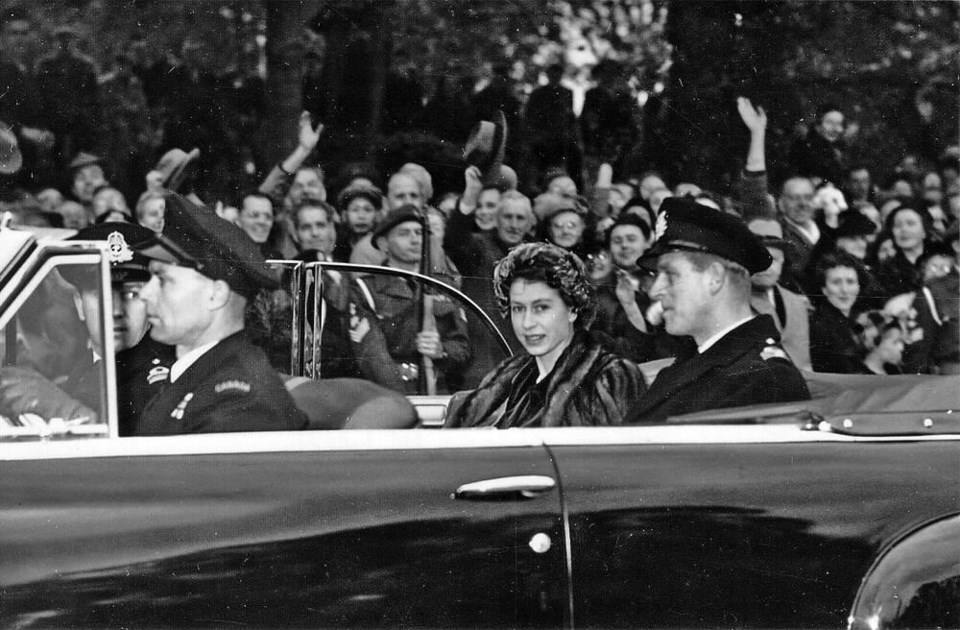I’m in my 60s and for these past few days, I can’t get over the fact that Queen Elizabeth was the only queen I’ve ever known. For me, she was an extra elderly aunt or grandmother who was always there, not prescribing or ruling on anyone’s business, just a calming steady, seemingly eternal, presence from which you derive warm comfort.
And now she’s gone.
There’s a lot of reporting frenzy going on around her death and the ascension of King Charles — probably too much. But for the sake of the woman who was always “there” I had to write something and some snippets about the Queen as a driver seemed appropriate.
There are so many numbers associated with Her Majesty that you can easily lose track — the numbers of prime ministers who served under her, the numbers of visits to various countries, the number of miles she travelled in her lifetime and on and on.
One number that’s not so well known is: 230873. That was her army service number, given to her after completing her training in the Auxiliary Territorial Service — a branch of the armed services in which women volunteered or were enlisted to perform behind the lines duties, such as clerks, secretaries, drivers and mechanics.
Trained in mechanics theory, truck transport and map reading, the Queen was driving heavy British wartime vehicles by the time she was 18.
The ever present press covered her progress in great detail, no doubt with government encouragement, to keep wartime spirits high. Soon she was monikered with the title: Princess Auto Mechanic.
She completed her training just at the time the war came to an end but the experience triggered a lifelong passion for cars and driving — although it’s fair to say she might have still needed a little practice behind the wheel.
In 2003 Prince Abullah of Saudi Arabia was paying a state visit to Balmoral castle in Scotland. Over lunch the Queen asked her guest if he would like to tour the grounds. A procession of Landrovers was drawn up and Abdullah and his interpreter were placed into one to await their driver. Moments later the Queen hopped into the driver’s seat and they were off.
Abdullah, shocked at first, no doubt, that a woman was behind the wheel - a crime in his country at the time, but was then reduced to a “quivering state” as the Queen banged along Scottish highland tracks at top speed, rarely looking at the road in front. Despite beseeching his interpreter to tell HRH to slow down and watch the road ahead, the journey continued unabated.
The day after her death, Boris Johnson rose in the House of Commons and corroborated what, by this time, was very well understood by the royal family, staff and royal watchers everywhere about HRH’s driving “abilities”.
“Unlike us politicians with our outriders and our armour plated convoys” said the former British PM, “I can tell you as a direct eye witness that she drove herself, in her own car, with no detectives and no bodyguard, bouncing at alarming speed over the Scottish landscape to the total amazement of the ramblers and the tourists we encountered”.
The problem was as the “Crown” and the head of state there was never any legal requirement for her to have a driver’s licence. And off she went.
Royal watchers felt her favourite vehicle was the Land Rover. She started behind the wheel of Series I when she became Queen in 1952. She moved onto the Series III in 1978. That vehicle was sold privately in 2012 with less than 2,000 miles on the clock, although I’m going to bet they were hard miles.
Some people believe the vehicle she loved best of all was her Land Rover Defender 110. It was built with a 4.2-liter V8 engine and an extra long-wheelbase, in order to accommodate shooting excursions in the highlands. When it was auctioned off in 2014, it came with some special provenance in the glovebox - shotgun shells and a shooting map.
For that lifetime of service and civility in duty, I think we can, though, forgive the driving.
Glove Box: Some readers are concerned that with insurance decals no longer being required on our licence plates, that police departments in Washington state may not have got the memo. We can relax. According to Chris Loftis, the director of communications for the Washington State Patrol, troopers do not stop vehicles based solely on the decals displayed. They are able to run plates from anywhere in North America and determine if they are current. Like here, insurance is a requirement for all vehicles in Washington. According to Loftis: “So long as a driver can show proof of insurance with them, then no problem.”



